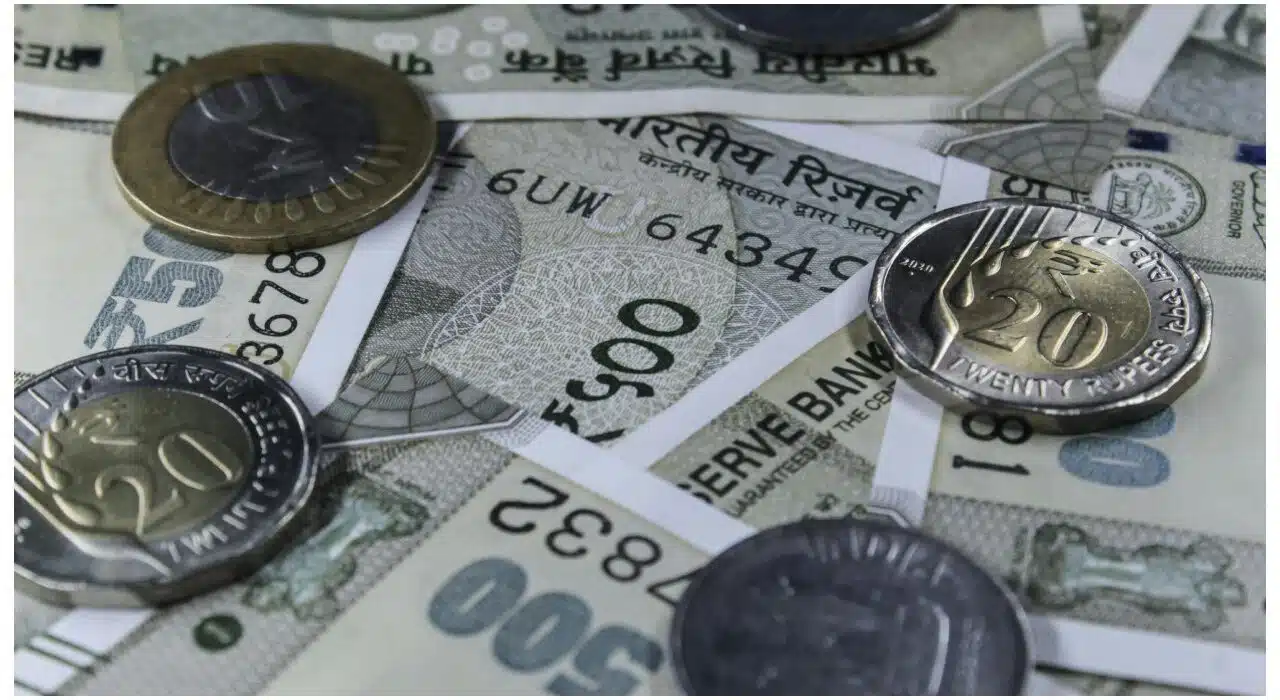India’s foreign exchange reserves recorded their steepest weekly decline last week, with factors such as a strengthening U.S. dollar and market interventions by the Reserve Bank of India largely contributing to its drop. Foreign exchange reserves fell by $17.8 billion to $657.89 billion in the week ending November 15-the lowest in more than four months. The decline marked the sharpest drop since data recording started in 1998.
This decline in the foreign exchange reserves of India came when the central bank was seeking to control the rupee’s fall. Reserves have declined by around $30 billion over the past six weeks. They are continually falling since the record level in late September, at $704.89 billion. The steep decline reflects not only the RBI’s actions in the forex market but also the changes in the values of the assets held in other currencies – like euro, yen, and pound – that it is holding.
India’s foreign exchange reserves and gold deserve see massive decline
That also involved gold reserves, declining by $2.07 billion to $65.75 billion in the same period. Other components include SDRs and the reserve position with the IMF in India, which also declined by $94 million and $51 million, respectively. “This sustained decline in the foreign exchange reserves is an indicator of the challenges posed by the volatile global currency market and rising domestic economic pressures,” said RBI.
This raises questions on how the RBI will balance managing the rupee with maintaining adequate reserve levels. With reserves now significantly below their peak, the central bank may face increased scrutiny over its monetary policy and forex strategy. It is yet to note which way the coming weeks go in charting the course of the reserves and the stability of the rupee in an uncertain global economic environment.
Also, see: US judge forces Google to sell Chrome
